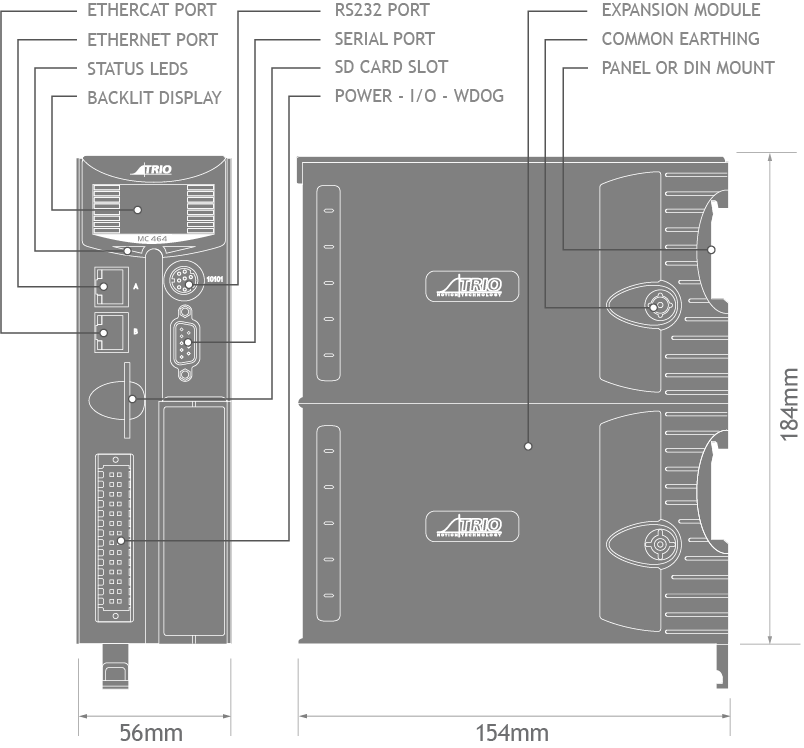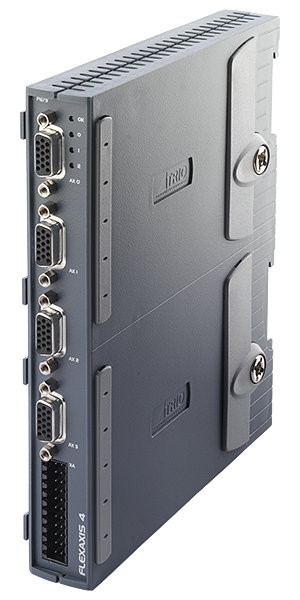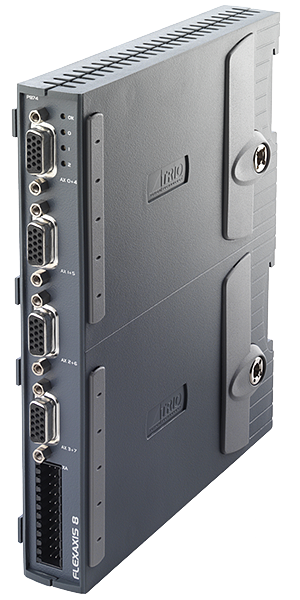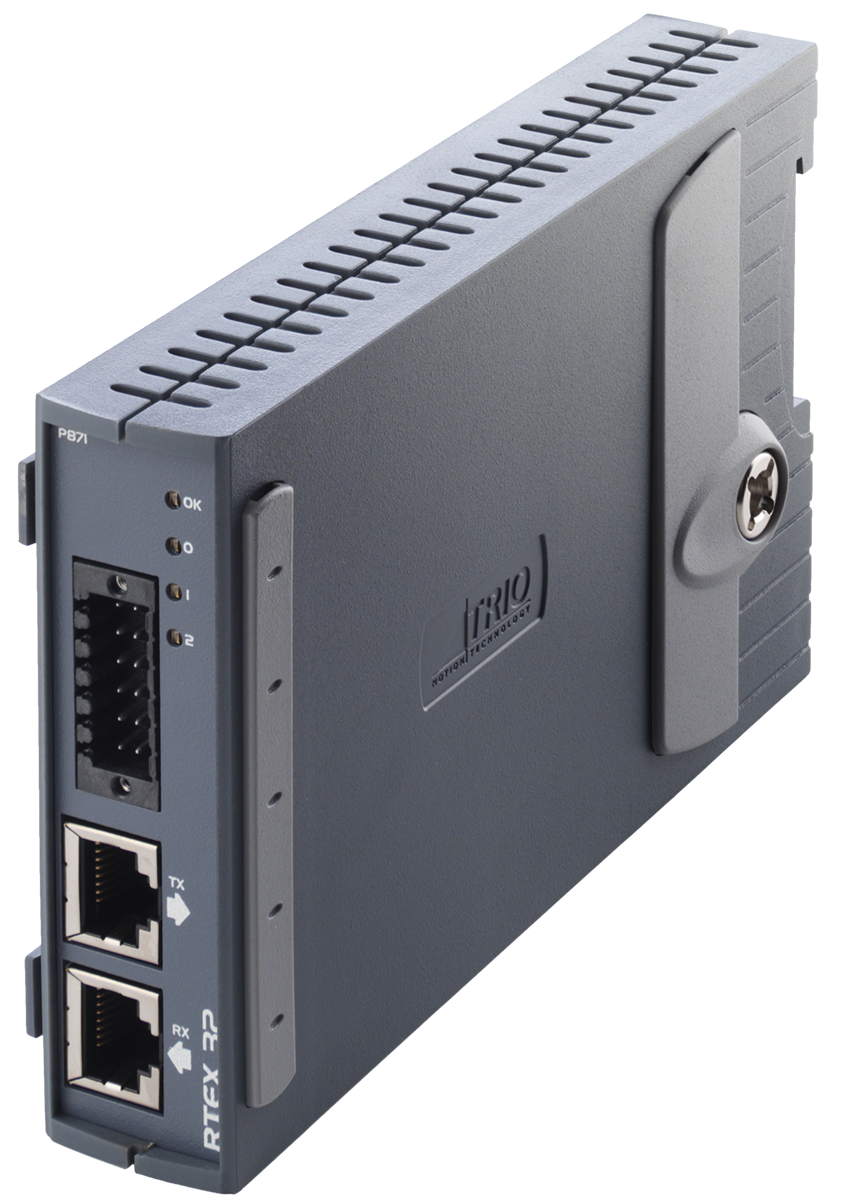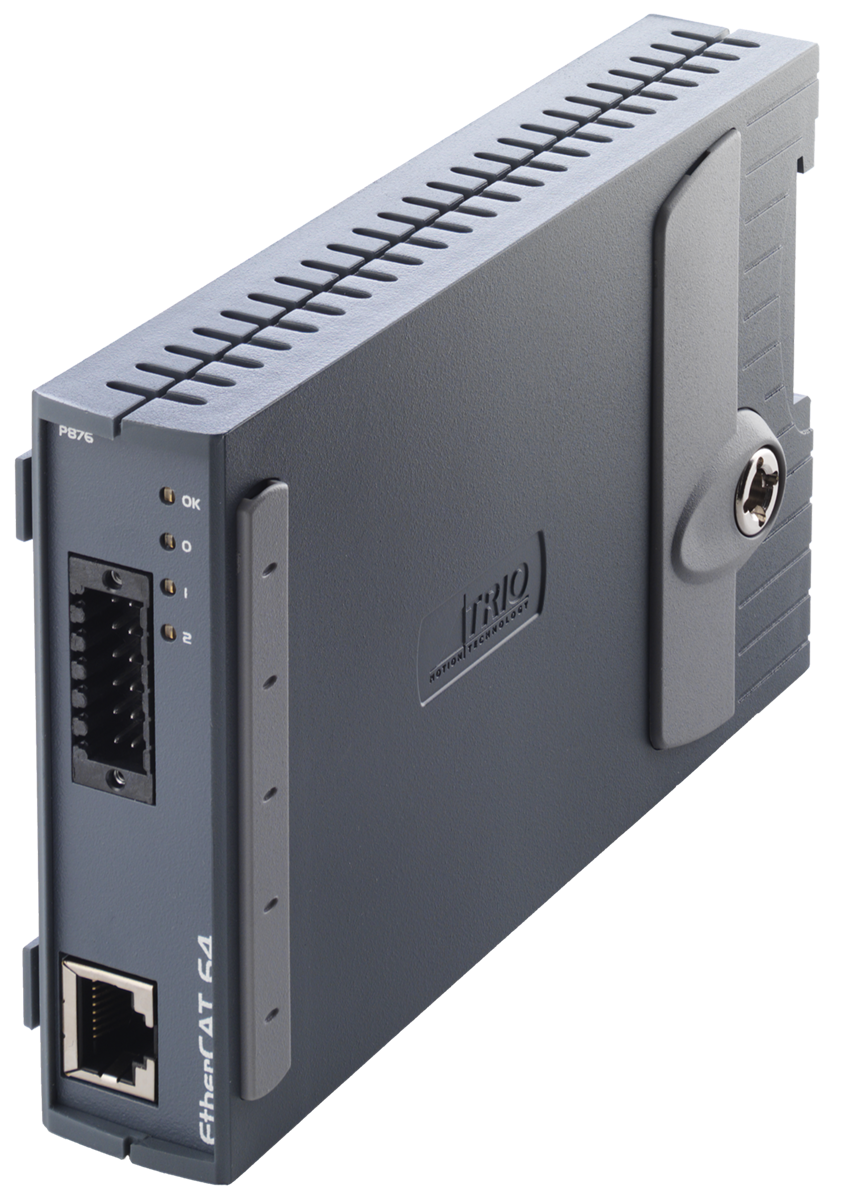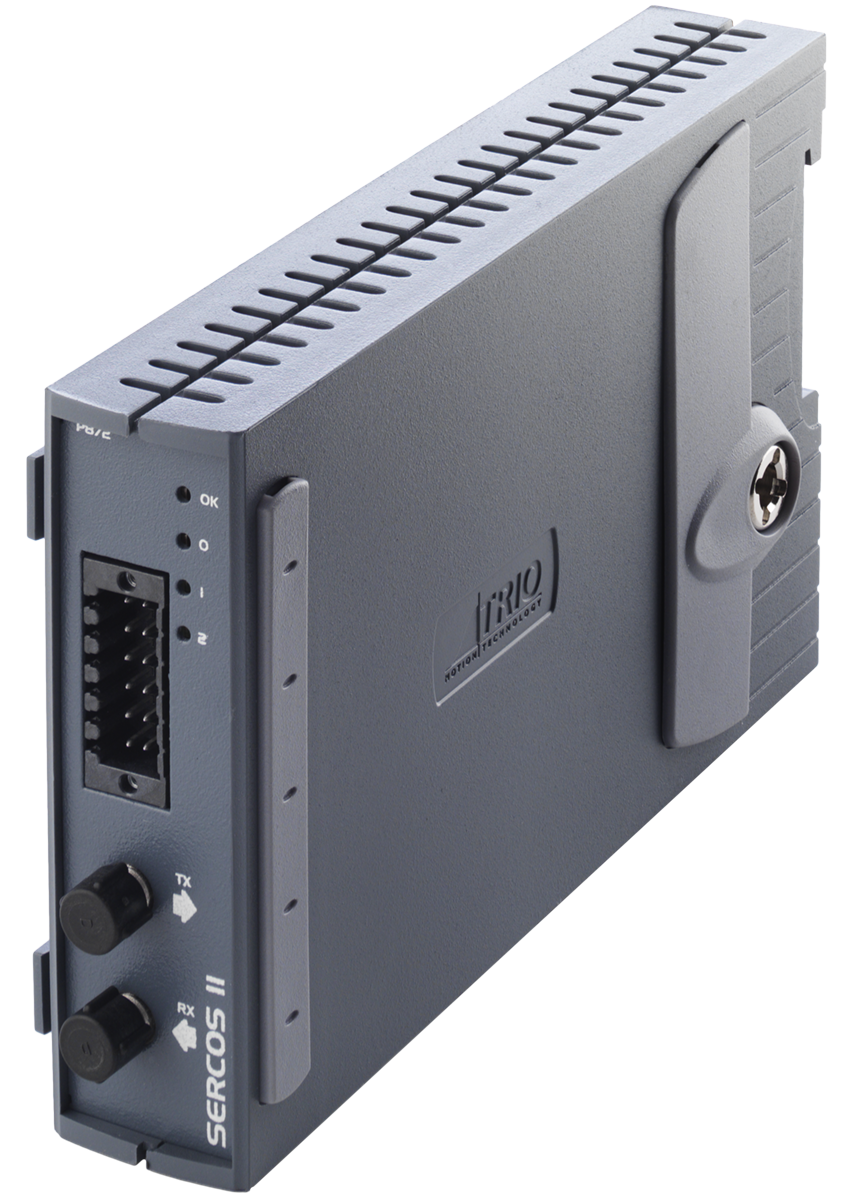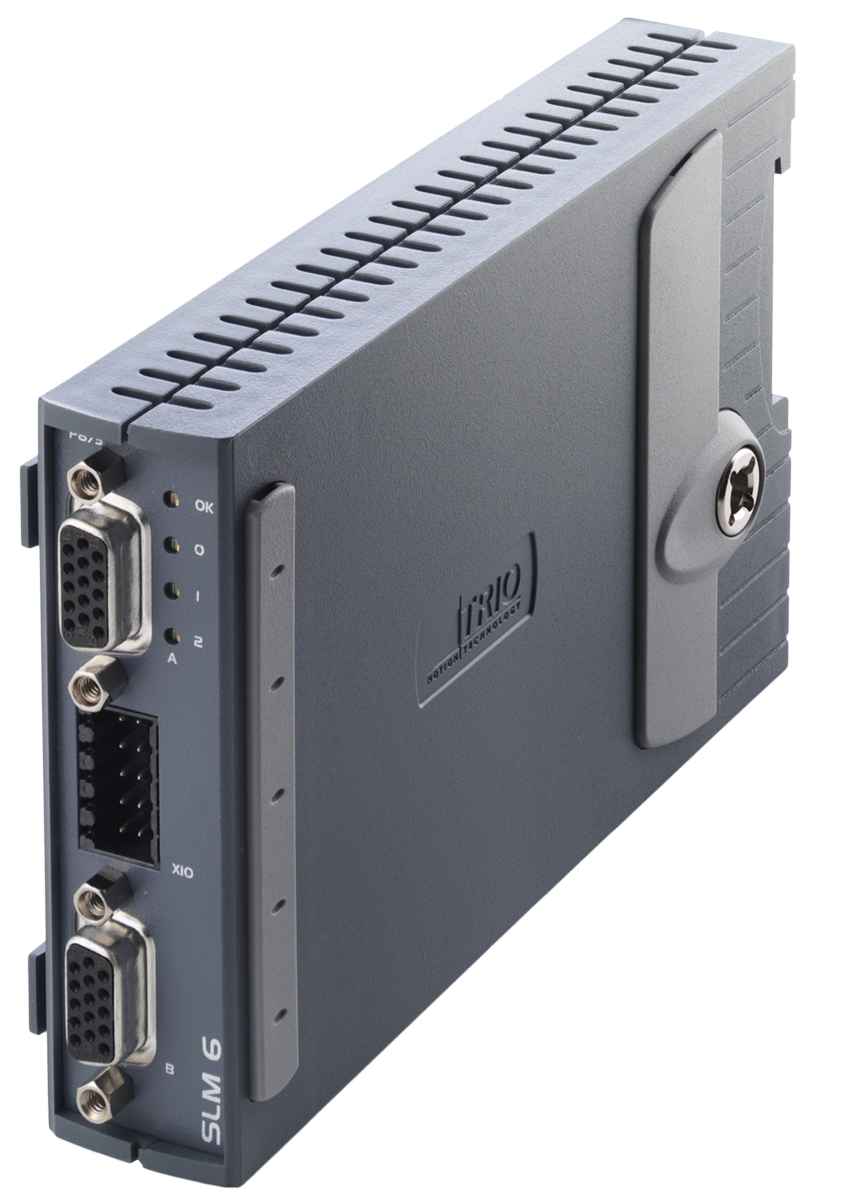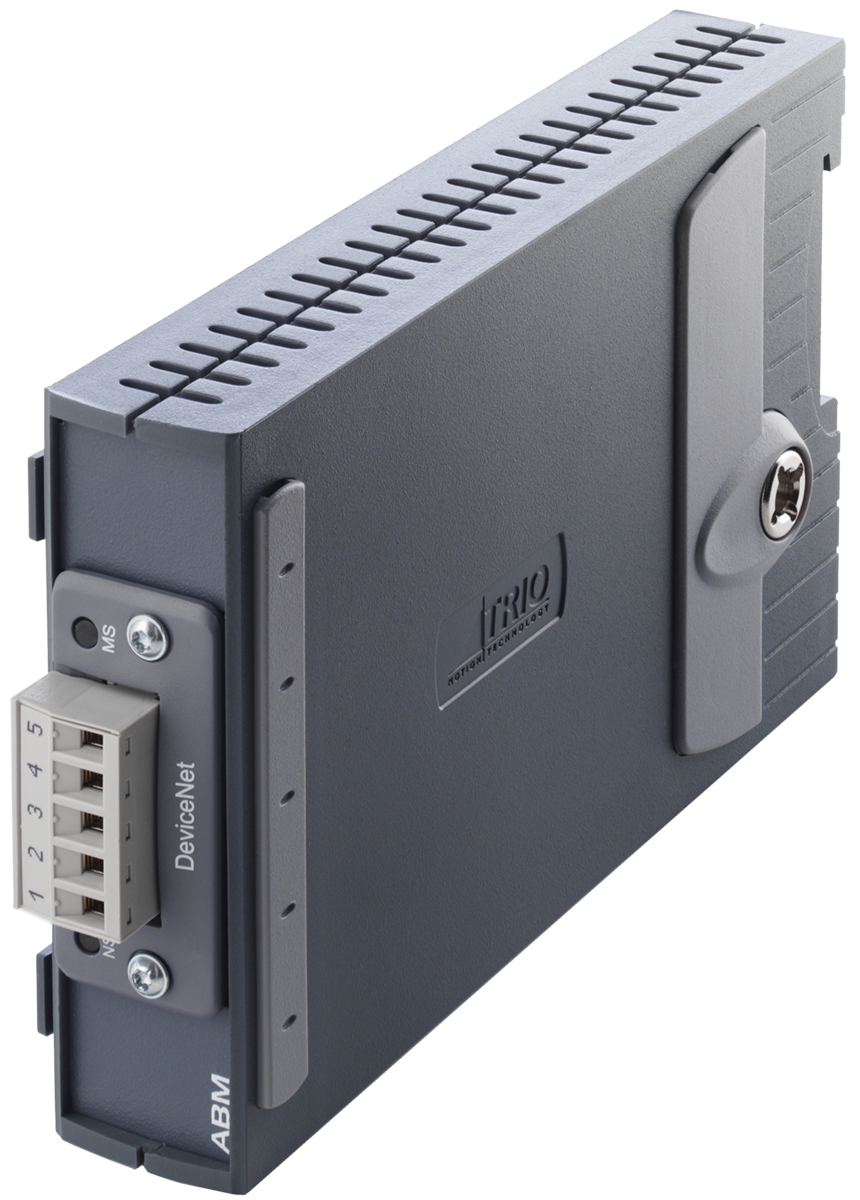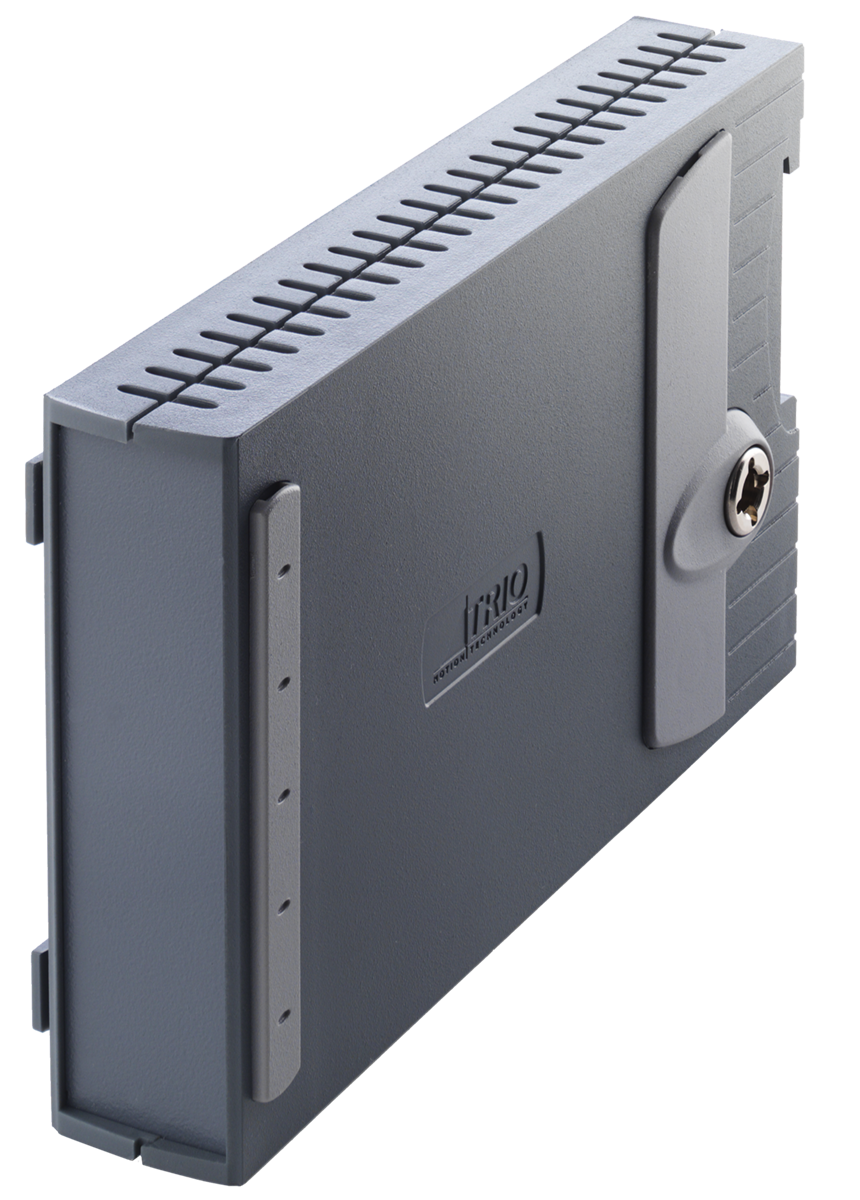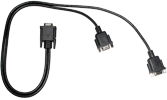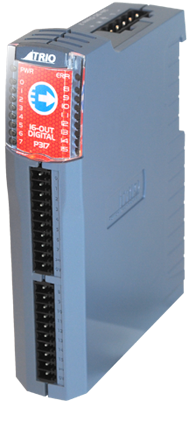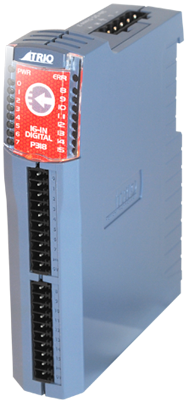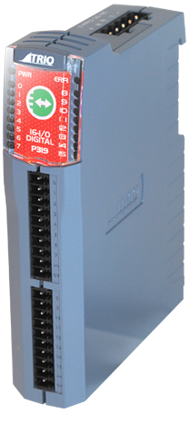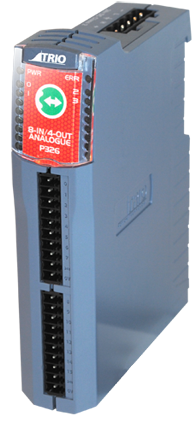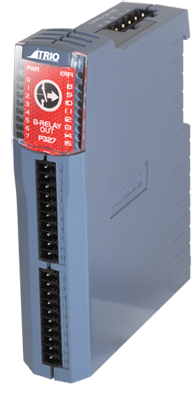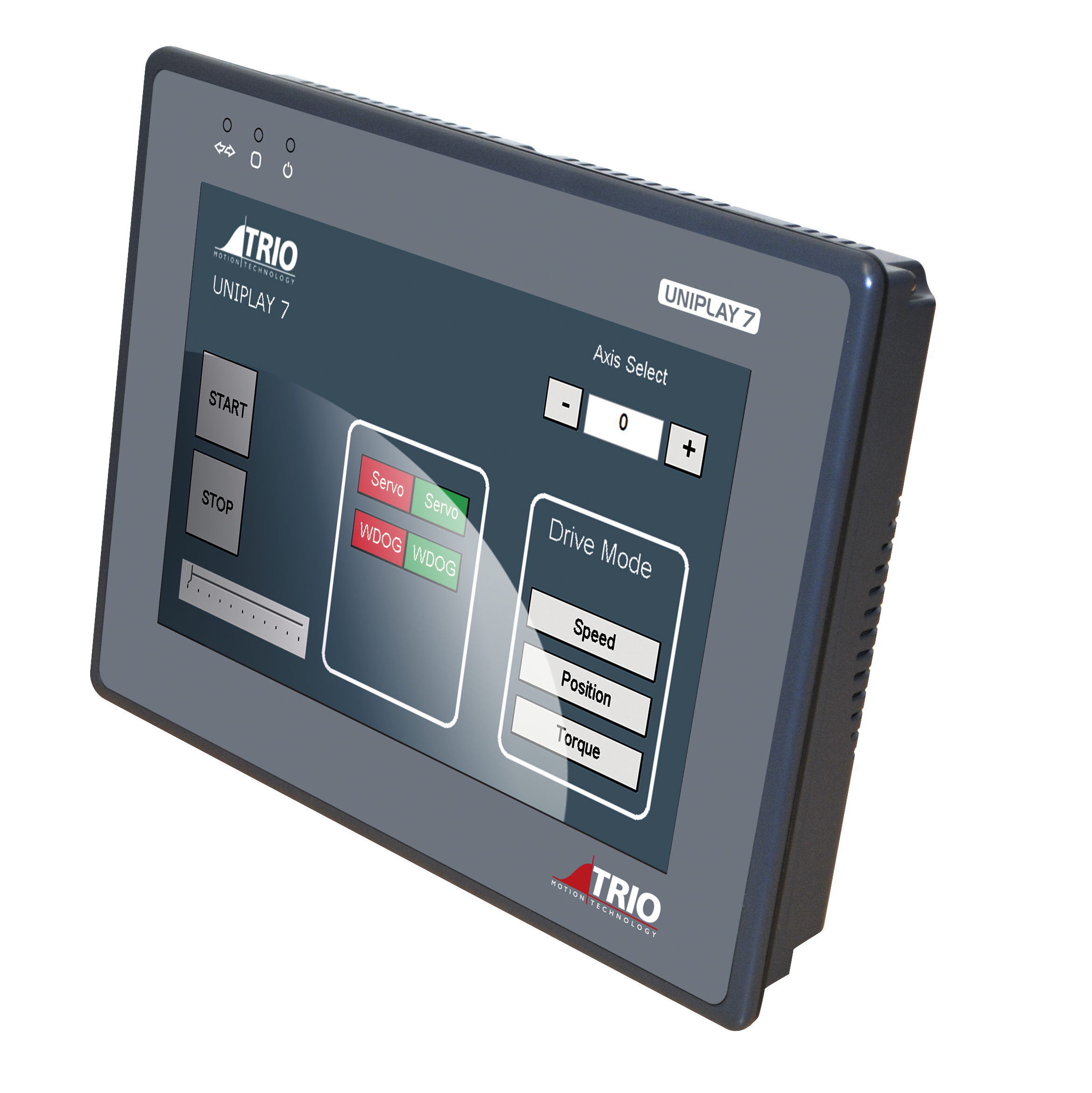
Based on the 64bit 400MHz MIPS the MC464 supports up to 64 axes of motion with 64 bit integer position registers for ultra precise axis resolution. Using expansion modules the MC464 supports up to 64 networked digital drives, 24 analogue servo drives, 24 pulse and direction drives and 64 absolute and incremental encoders in any combination.
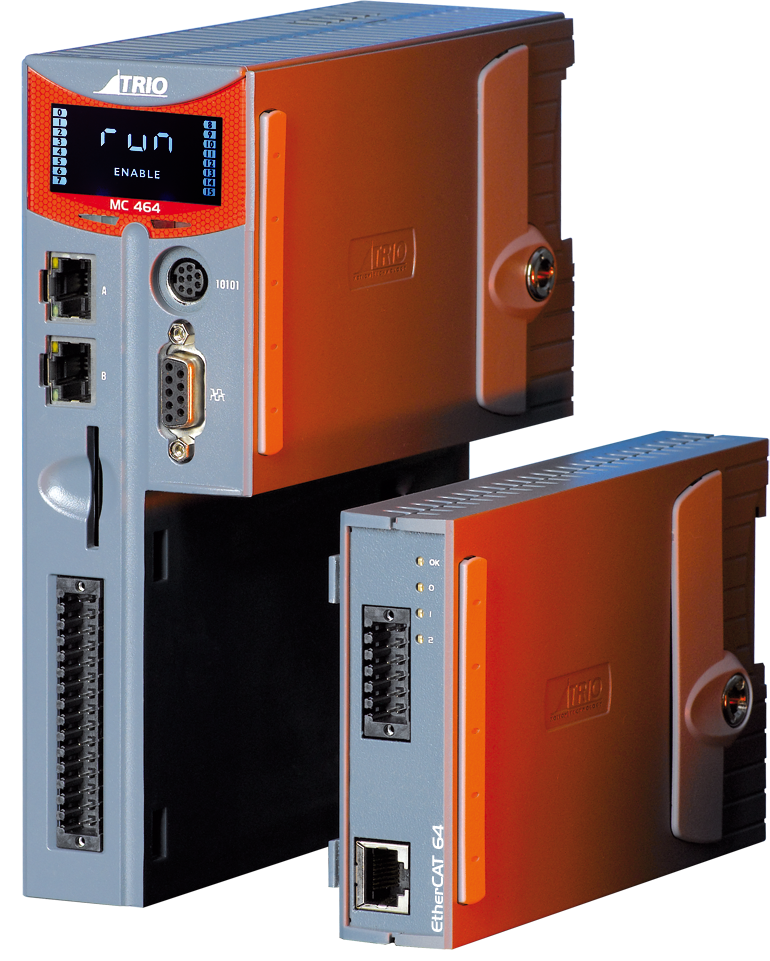
Highlights
- EtherCAT, Sercos, SLM and RTEX Digital Drive Interfaces
- Up to 25 Axes Conventional Servo/Stepper
- Linear, Circular, Helical and Spherical Interpolation
- Flexible CAM shapes, Linked Motion
- Biss, EnDAT and SSI Absolute Encoder Supported
- Hardware Linked Outputs for Camera / Laser Control
- Ethernet-IP / Modbus TCP / Ethernet Interface Built-In
- 125 – 2000 µsec Selectable Servo Update
- Anybus-CC Module for Flexible Factory Comms incl. ProfiNet/Profibus
- IEC 61131-3 Programming
- Multi-tasking BASIC Programming
- Text File Handling
- Robotic Transformations
- SD Memory Card Slot
- CANopen IO Expansion
- Backlit LCD display
- RoHS, UL Listed, CE approved
Expandable
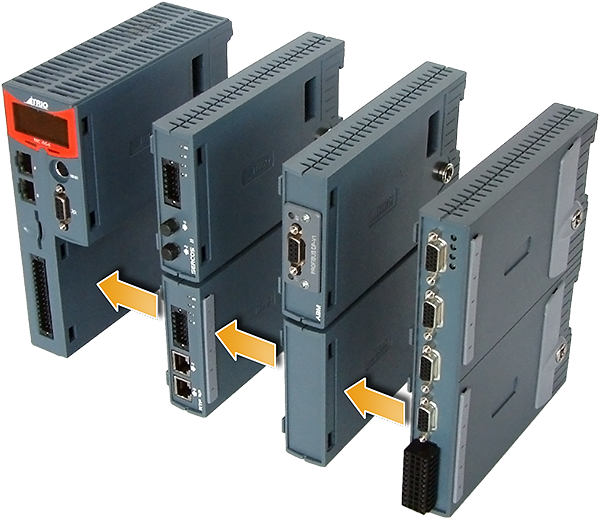
The axis expansion modules feature many options for Drive Network interfaces, analogue servo, pulse/direction, absolute or incremental feedback and accurate hardware registration.
Configure the controller functionality and connectivity by attaching up to 7 half-height expansion modules or 3 full-height expansion modules. Each module easily attaches to the controller with a new high density bus connection and a uniquely designed screw integrates the earth planes of all modules and controller together. Trio’s feature enable code system for axis activation allows the whole system to be scaled exactly to need.
The MC464 features a total of 64 axes in software. Any axes not assigned to built-in hardware can be used as a virtual axis. Every axis can be programmed to move using linear, circular or helical or spherical interpolation, electronic cams, linked axes and gearboxes. The power of the controller allows for multiple robotic transformations to run simultaneously.
Up to 64 Axes
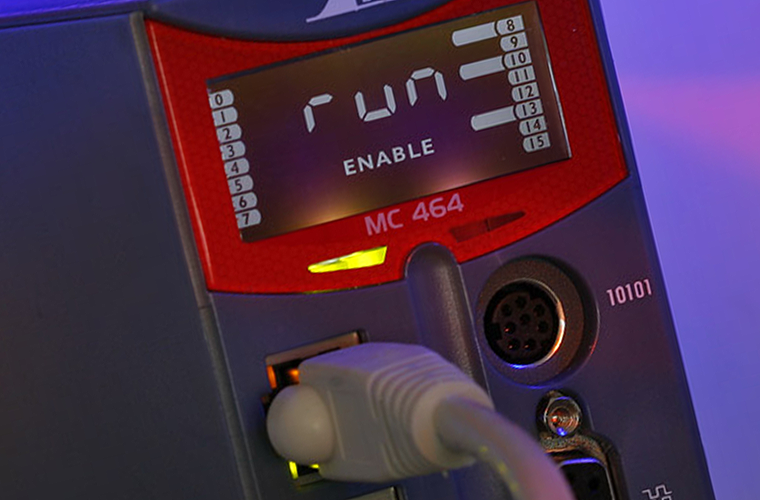
The built-in Ethernet port allows programming and connection of common HMI and PLC protocols directly to the MC464. User programs can be written in Trio’s established multi-tasking TrioBASIC language using the powerful Motion Perfect application development software making complex motion easy. Also available as an option is the industry standard IEC 61131-3 languages allowing fully functional PLC programming system.
Easy to use
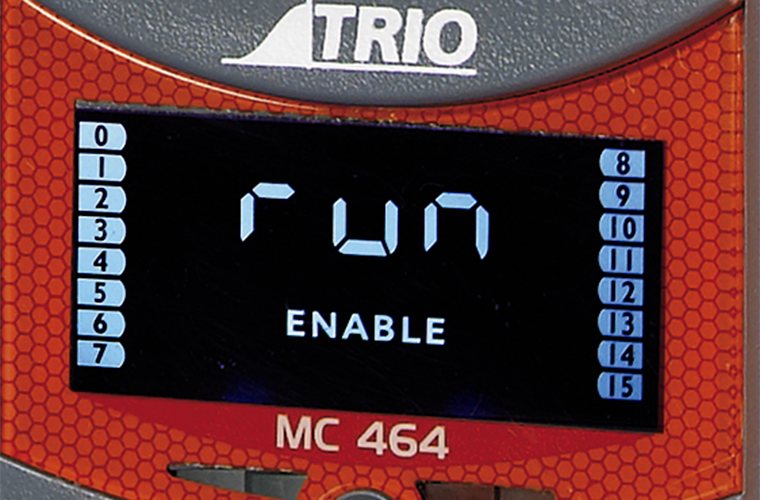
A bright easy to read backlit display enables the controller status to be easily determined, whilst the single piece metal cast backplate provides an integrated earth chassis to improve noise rejection in the industrial environment.
Rugged
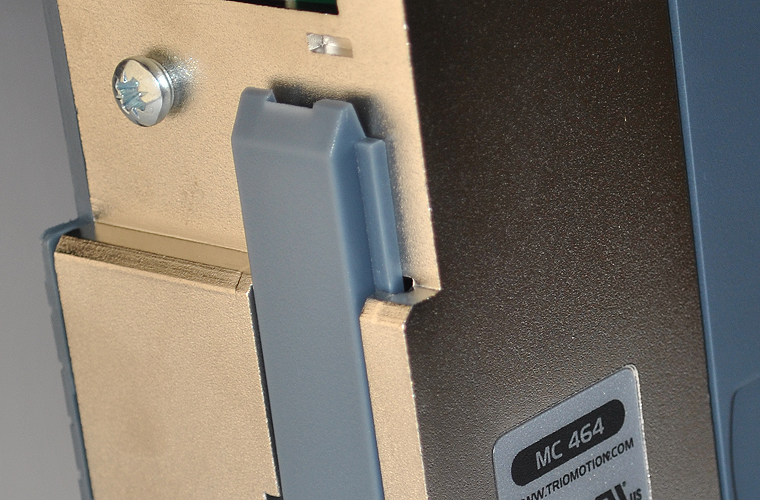
The single piece metal cast backplate provides an integrated earth chassis to improve noise rejection in the industrial environment.

